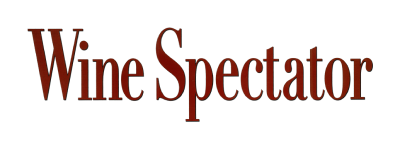
Chateau Mouton Rothshild
History
The name Chateau Mouton Rothschild first appeared after Baron Nathaniel de Rothschild acquired Chateau Brane-Mouton in 1853, two years before the Medoc classification. In 1922, Baron Philippe de Rothschild, Baron Nathaniel’s great-grandson, took over the estate. In 1924, he decided that all wines would henceforth be bottled at the château. This was an entirely new practice in Bordeaux. In 1991, Château Mouton-Rothschild was entrusted to his daughter Philippine, who created the white wine Aile d’Argent, and the red wine Le Petit Mouton de Mouton Rothschild. Each year since 1945, the labels of the bottles have been specially decorated with artwork by leading painters. The Chateau Brane-Mouton remains in family hands until today, and continues the grand tradition of mixing art with wine.
Technology
Beautiful growing conditions with plenty of sun allows grapes to ripen with health and energy. Based on Cabernet Sauvignon with only 14% Merlot, this wine expresses a typical vintage with a ripe, fruit-driven, minerality-touched nose and a complex, well-structured intense mouth. The grapes are hand-picked and placed in open baskets, and then moved to the gravity-feed vat room, where most of the vats are made of oak. Maturation takes place in new oak barrels in the typical Médoc manner, which includes topping-up and fining with egg-white to clarify and stabilise the wine. Attention, tradition and precision is what makes these wines superb.






